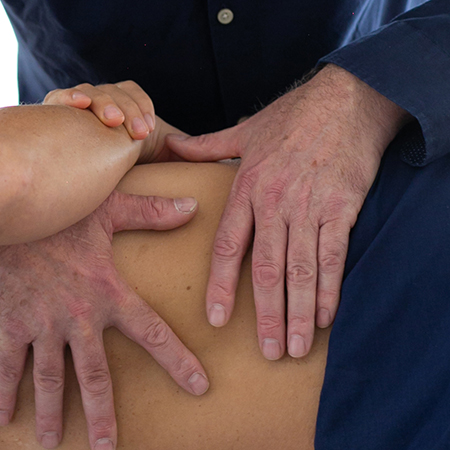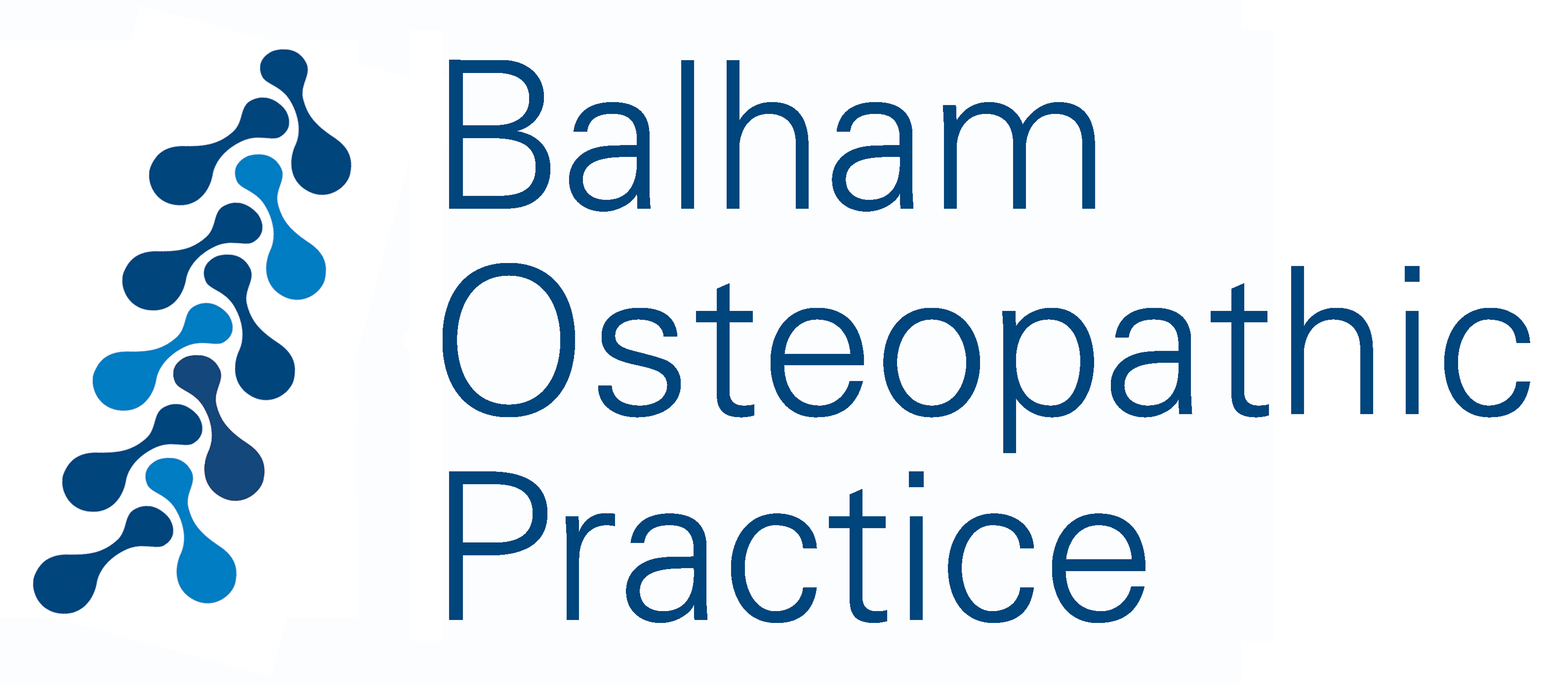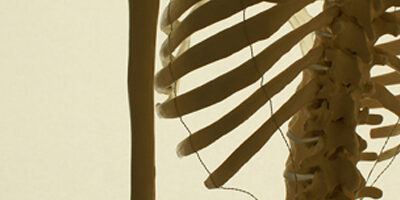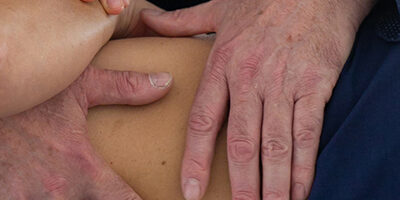What is the difference between osteopathy and physiotherapy?

Physiotherapists tend to focus just on the musculoskeletal system, whereas an osteopath is more holistic, taking into consideration lifestyle factors such as work/life balance, diet, exercise and mental health.
Physiotherapists tend to use more exercise-based therapy and be less hands on than an osteopath, whose work is more direct, using combinations of massage, joint articulation and manipulation as well as medical acupuncture.
Finally, physios tend to focus just on the affected body part (say a knee) whereas an osteo will look at the rest of the body, say the ankle or hip as well, and look at how they may affect the knee mechanics.
Frequently Asked Questions
Pregancy, babies and children
Osteopathy can be very useful with helpful aches and pains that arise during pregnancy, especially during the final trimester as your body prepares itself for birth.
What ages do you treat?
We treat all ages, from new born to the very elderly. Just as every person is different, the treatment options will vary a great deal with different age groups.
How does acupuncture work?
Our osteopaths are trained in medical acupuncture, also called dry needling. This is similar to, but not the same as, Traditional Chinese Medicine (TCM) acupuncture.
What is the difference between osteopathy and chiropractic?
Chiropractors and osteopaths have a degree of overlap, especially in terms of spinal manipulation techniques (the ‘clicking’).
What is the difference between osteopathy and physiotherapy?
Physiotherapists tend to focus just on the musculoskeletal system, whereas an osteopath is more holistic, taking into consideration lifestyle factors such as work/life balance, diet, exercise and mental health.
What is the ‘clicking’?
One of the more common questions we get asked is about joint manipulation – the clicking technique we do to release joints.






